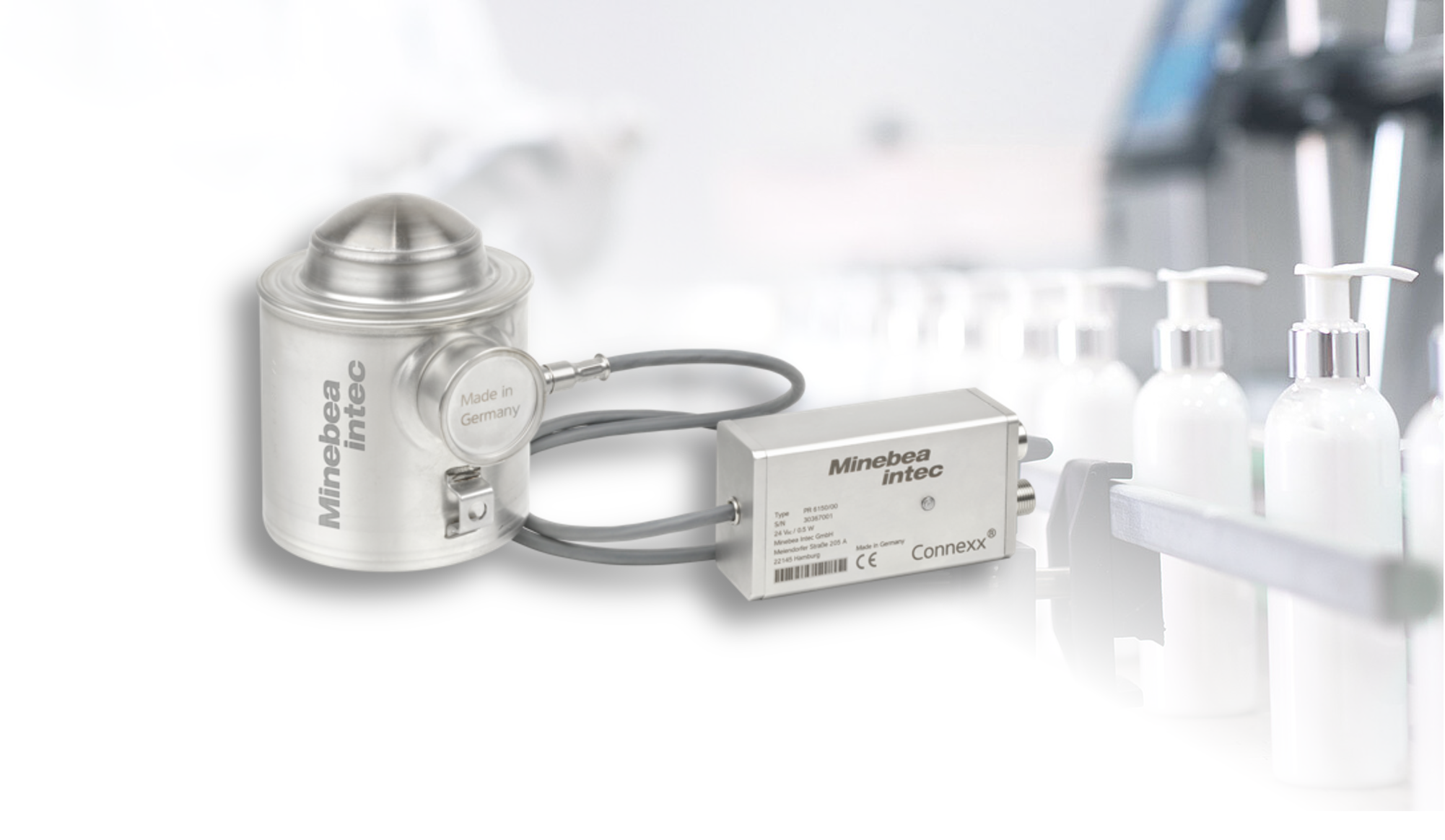What Are Load Cells Explained?
Load cells are devices that measure force or weight. They are often used in scales and other devices that need to measure how much something weighs. Load cells typically have four strain gauges that are connected to a Wheatstone bridge. This bridge produces a voltage that is proportional to the force being measured.
Load cells can be made from a variety of materials, but most are made from metal. They are often cylindrical in shape and have a hole in the center so they can be attached to a structure. Load cells typically have a range of 0-5,000 pounds (0-2,268 kg). They typically consist of a metal rod or beam that is supported at each end. A force applied to the middle of the rod will cause it to bend. This bending is measured by a strain gauge, which is a device that measures the amount of deformation in a material. The strain gauge is mounted on the rod so that it can measure the amount of deformation caused by the load.
The strain gauge produces a small electrical signal that is proportional to the amount of force applied to the rod. This signal can be amplified and used to provide a direct measurement of the force applied to the load cell.
What are the different types of load cells?
Different types of load cells include:
Compression Load Cells
Tension/Compression Load Cells
Shear Pin Load Cells
Bending Beam Load Cells
Single Point Load Cells
Advantages and disadvantages of load cells
There are many advantages to using load cells in your application. Load cells can provide superior accuracy and repeatability, they can be used in a wide range of environments, and they can be easily integrated into existing systems. However, there are also some disadvantages to using load cells. Load cells can be expensive, they can be sensitive to environmental conditions, and they require regular maintenance.
How to choose the right load cell
There are many different types of load cells on the market, and choosing the right one can be a daunting task.
The first step is to determine the desired capacity of the load cell. Load cells are available in a variety of capacities, from very small to very large. The next step is to decide what type of material the load cell will be made from. The most common materials are stainless steel, aluminum, and titanium. Each has its own advantages and disadvantages that should be considered before making a decision.
After deciding on the capacity and material, the next step is to select the appropriate mounting method. The four most common methods are top-loading, bottom-loading, side-loading, and compression. Each has its own set of benefits and drawbacks that must be considered.
Finally, it is important to select a load cell that is compatible with the intended data acquisition system. Most load cells use strain gauges to measure force, but other technologies are available that may be more appropriate for your application. Be sure to consult with a qualified engineer before making your final selection.
Load cells are an essential part of many industrial and commercial applications. They help to measure force and weight and can be found in a variety of settings such as factories, laboratories, and even some homes.

